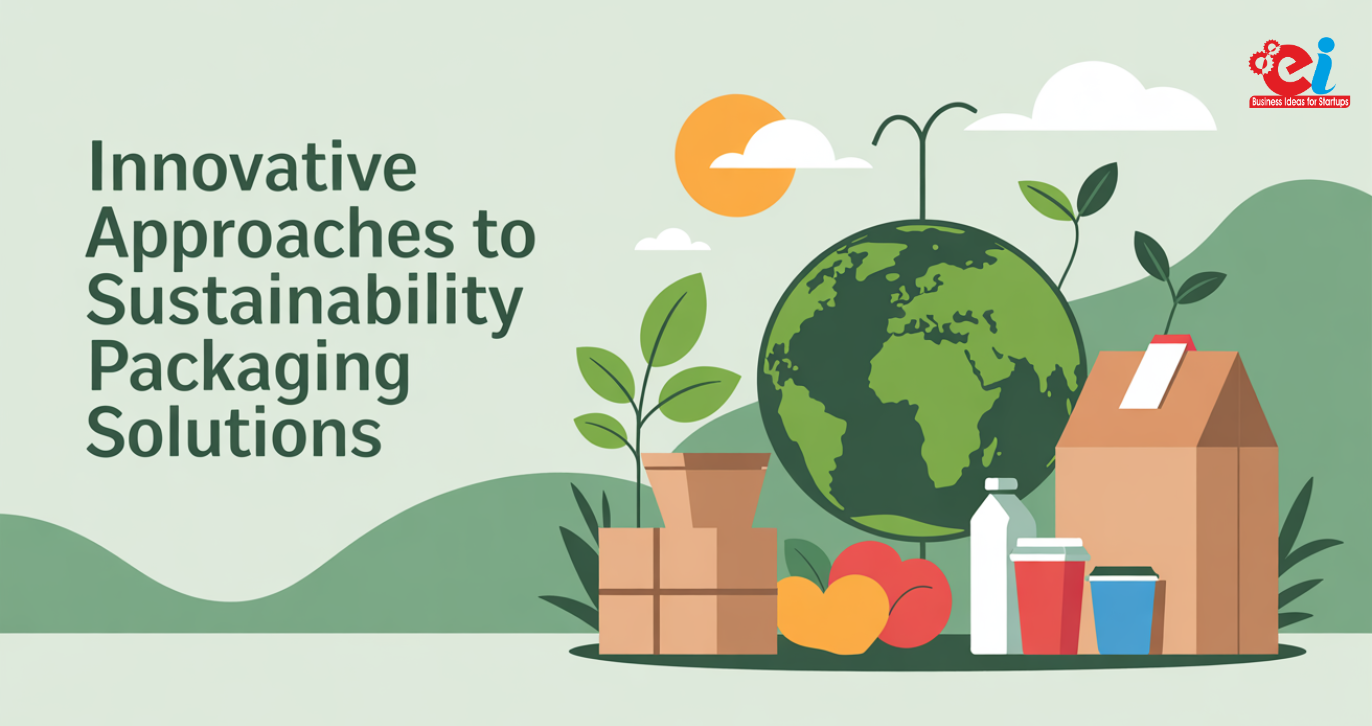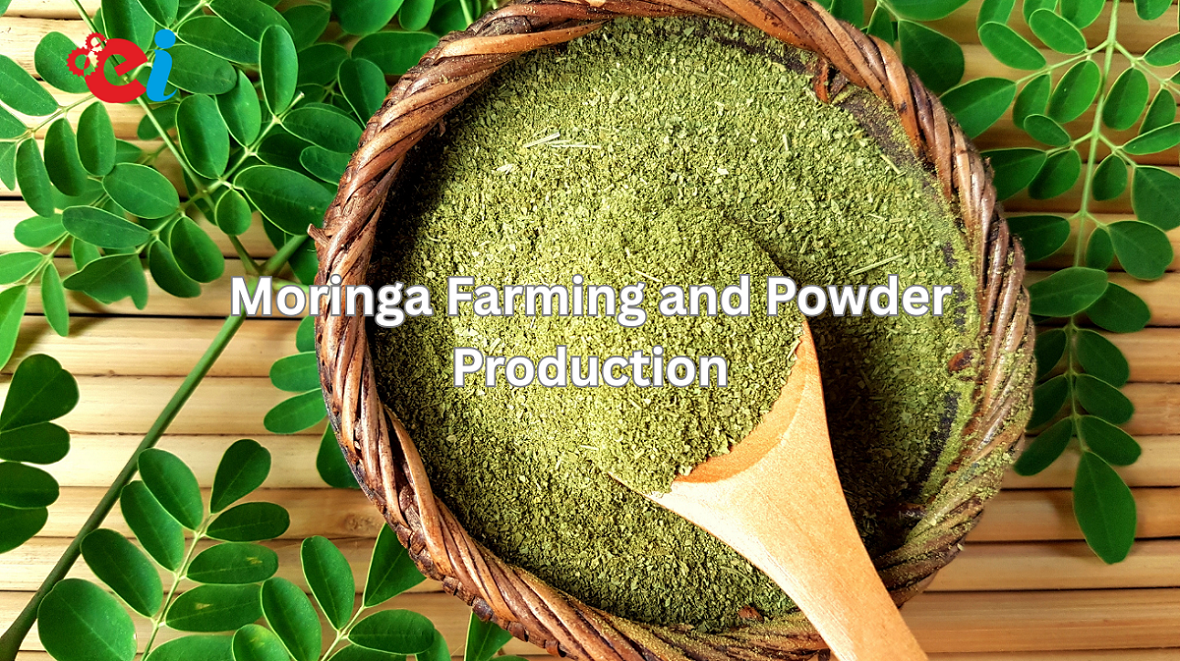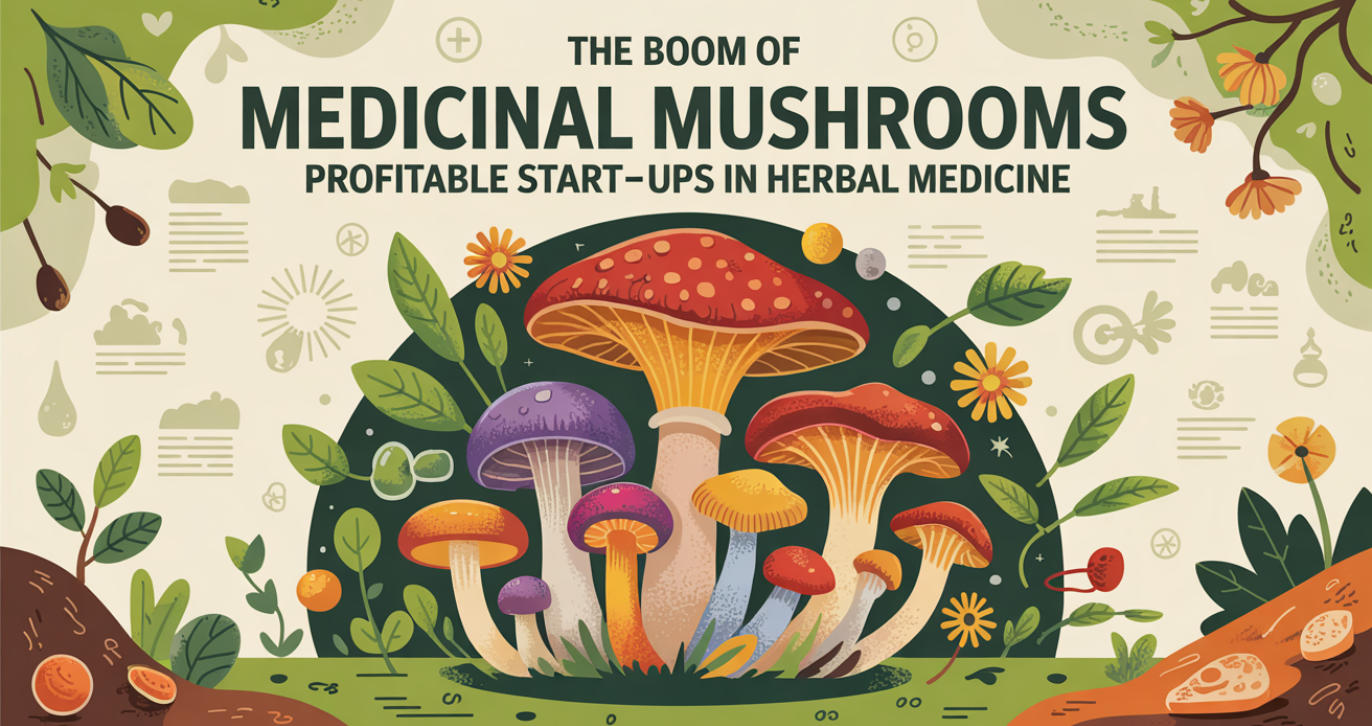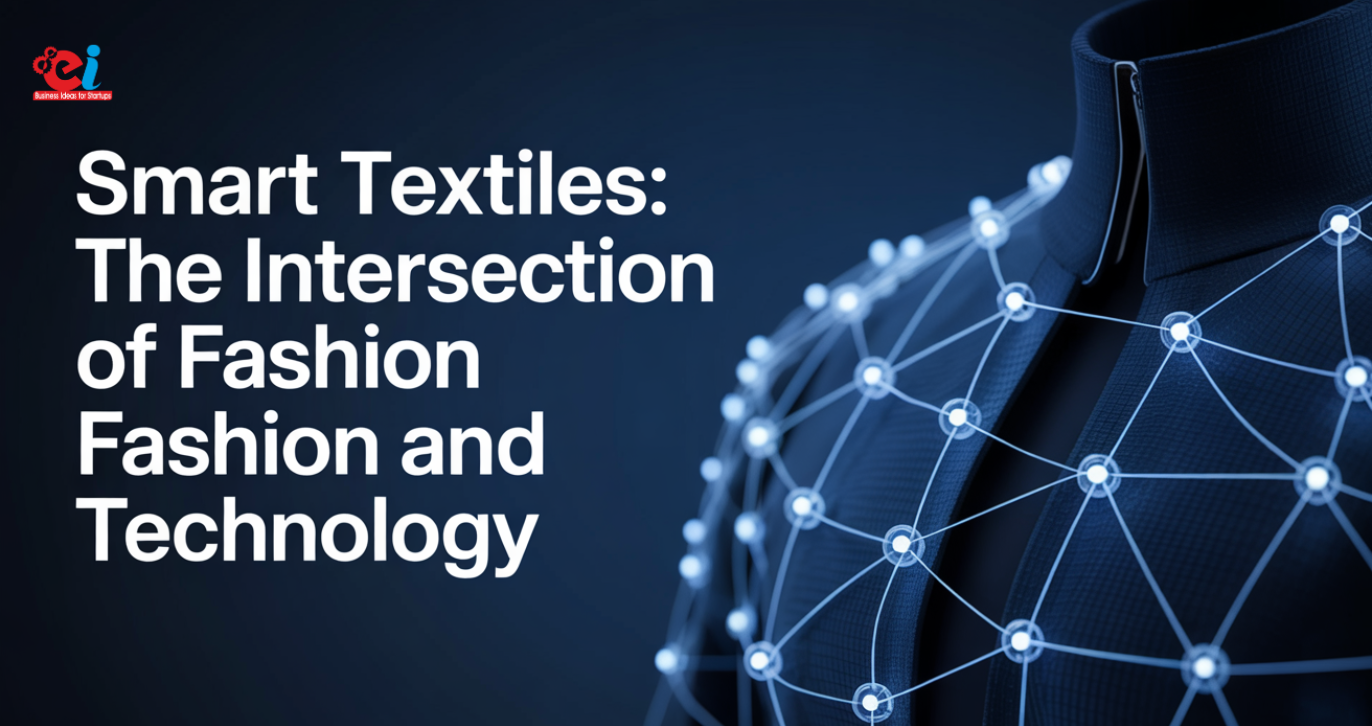Consumers’ growing preference for sustainable packaging is pushing businesses toward more eco-friendly options. There are many approaches with which businesses can eliminate waste and improve recyclability. Some of the core approaches in packaging industry include –
Biodegradable Materials
By reducing the demand for virgin materials, plant-based alternatives such as seaweed and corn husks reduce the need for petroleum-based plastic. They don’t pollute the environment, and they can be broken down through composting.
Types of Packaging
By eliminating too much packaging and using effective designs for shorter production time and waste, companies have continued to move toward very simple packaging; reducing layers and mono-materials with compact designs reduces the overall consumption of materials. This product is cost-effective and sustainable. Retailers also have innovative bulk packaging, where customers would bring home the good stuff in less time without the single-use plastic.
Recyclable and Reusable
Reusing and returning packaging such as refillable containers, metal or glass packaging, and returnable shipping containers can cut down single-use waste. Some businesses offer a “cashback” on returning their container, and e-commerce businesses are increasing their use of returnable containers.
Edible
The food industry is switching to edible packaging made from rice, starch, seaweed, or gelatin. Edible film studies are incorporating minerals and vitamins to add nutrients to the food they enclose.
Also read: How Eco-Friendly Coatings & Bioplastics Are Transforming the Chemical Industry.
Smart
Technology-integrated solutions, including QR codes for product tracking and smart expiration labels, enhance sustainability. For example, these QR codes printed on the packages can include all relevant information for consumers regarding recycling of the product, and then smart sensors could indicate the freshness of the product to further contribute to food waste reduction. With regard to inventory management, intelligent or smart packaging includes both a temperature sensor and a tracking system. Some companies even employ blockchain technology in packaging to trace the whole life from source to customer.
Compostable
Compostable packaging, in contrast to biodegradable packaging, degrades into organic matter that further enriches the soil. It is made from plant fibers, such as cornstarch, bagasse, or bamboo, and these materials are susceptible to time frames in their degradation once disposed of properly. Compostable packaging on products continues to increase among brands, primarily in the food and beverage industry. There are now new technologies being created for compostable adhesives and inks that will allow products to be entirely compostable, including their labels.
Water-Soluble
Some companies are coming out with packaging that dissolves in water, thus avoiding waste; for example, these are useful for washing detergent pods, food seasoning packets, and capsules of medicines. Now, the PVA-based water-soluble films are being studied for different types of applications, with quite a few available options of highly convenient and environmentally sound solutions. There are also experiments going on using this type of biodegradable polymer, which could dissolve in water but still have the strength to maintain the structure up to the time of use.
Upcycled
Upcycling creates new packaging solutions by reusing some waste materials. For example, some packaging companies have been repurposing agricultural waste, like sugarcane fiber or coffee husks, as a technology for durable packaging manufacture. Material upcycling reduces waste and creates additional value from byproducts usually disposed of as waste, while some use ocean waste for their packaging.
Mushroom-Based
Mushroom-based packing: making use of the root part of mushrooms to give strong, biodegradable alternatives to plastic packaging. These package products can take the place of polystyrene foam, giving very fast protection for fragile items and decomposing all the way at the end of a few weeks. New advancements in mycelium packaging have styled designs plus advanced durability to cater to further uses outside food and electronics.
Paper-Based Packaging Innovations
Well, there is plenty of innovation going on in the field of packaging itself, as paper technology has been quite advanced in producing water-resistant, extremely strong paper-based packaging that could serve as perfect substitutes for plastics. These are types of packaging that could be used for liquids and perishables without compromising sustainability, with natural wax or even bio-based polymers as the coatings. More recent innovations include molded fiber packaging, which will now take care of the plastic clamshells and trays in food packaging.
Sustainable Packaging: What’s Next
As businesses go green, better innovations in packaging will continue. Manufacturers would have to join hands with governments and consumers to accelerate adoption. This occurs through R&D dedicated to sustainable packaging, consumer education, and strict regulations on product packaging.
Emerging trends include artificial intelligence (AI) coverage for the most efficient and responsive packaging layout possible, improved biodegradable nanomaterials with barrier properties without recyclability compromise, and little else. They are also creating localized supply chains within the organizations to reduce carbon footprints due to packaging and transport.
Combining these ways creates a win-win situation where companies manage to contribute to the environment while saving on costs related to waste and improving brand image. Currently, sustainable packaging has reached the point of becoming a must for organizations that desire to thrive in a modern-day market but see their contributions toward a healthier planet.










